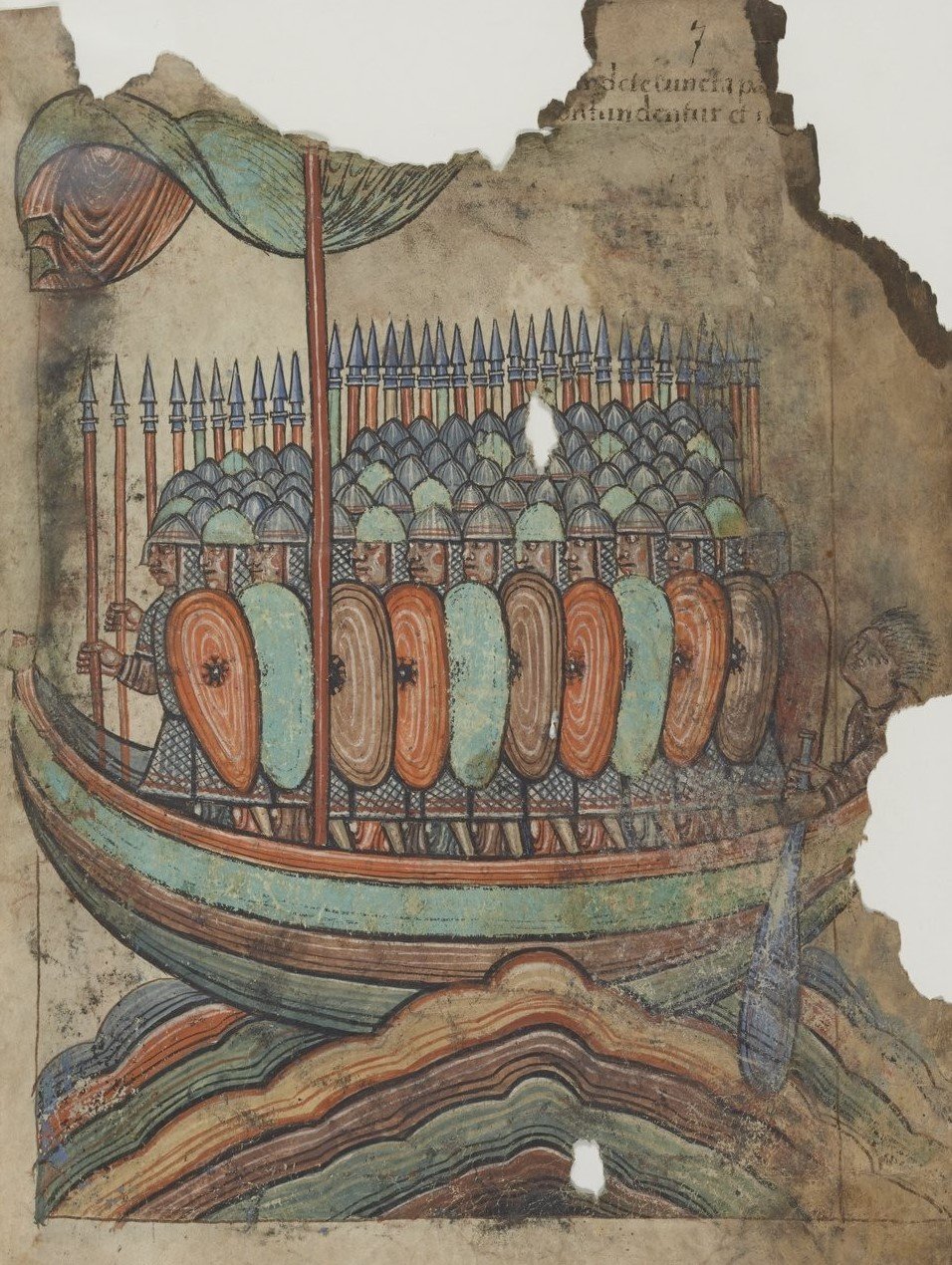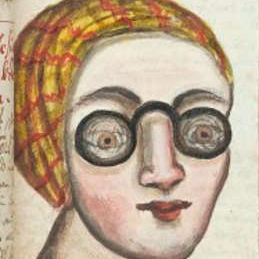The warp of destiny
I’m into the Vikings now

Before I went to Rome last year, I’d never been all that interested in the Roman Empire. In fact, I was kind of put off by the fact that archaeologists and historians knew so much about it. Where was the mystery? What could there be left to learn? Where could my imagination possibly fit? And then I went to Rome, and all I could think was, “They know so much!!!!” Now in a way where I saw how centuries of knowledge can give an imagination so much to work with, and I finally understood how a person—maybe me—could fall into it and never come out.
I’m having a similar experience reading Children of Ash and Elm: A History of the Vikings by archaeologist Neil Price. It’s quite immersive, and I’m learning a lot about post-Roman and Iron Age Europe that I’ve previously declined to care much about. I always felt like the European past got enough attention, without giving it mine. But it turns out that all that attention, time, interest, and resources have resulted in incredibly detailed knowledge, and Price is a wonderful guide to this past world.
I especially appreciate how Price turns toward a question that archaeologists are often scared of answering, at least in public: How did it feel to be a Viking? Not just what did they do, own, or wear (although there’s a lot of detail about those things), but how did they think? How did the world around them shape their beliefs, and how did their beliefs shape the reality they inhabited? “If you truly believed—in fact, knew—that the man living up the valley could turn into a wolf under certain circumstances, what was it like to be his neighbour? What was it like to be married to him?” Price writes.1
The Viking world was expansive in many ways, including spiritually and mythologically. They had fundamentally multifaceted souls, and they understood themselves to be living among a huge variety of supernatural beings. Some of those beings were the Norns, the weavers of fate. It’s an image shared by many mythological traditions, and Price’s description helped me understand what it really meant:
On an upright loom, the warp of a textile always has a pattern, inherent from the beginning and determined by the threading of the heddles. It is made by the decisions of the weaver, but cannot be fully perceived until the cloth nears its finished state. It is an elegant metaphor for the essential outline of a life, revealed through human experience, ending only when the last thread is cut.2
I love that conception of fate: The feeling of following a path you can only see once it’s been walked, or woven. “For the Viking-Age Scandinavians, fate did not represent the absence of choice but rather the manifestation of a pre-existing truth. Free will existed, but exercising it inevitably led to becoming the person you always, really, had been.”3

